Offcut Plates: Cutting edges with Fabien Cappello
Fabien Cappello’s design studio sits behind a bright yellow door in a quiet residential neighbourhood of Guadalajara. After moving to Mexico from London around five years ago, Fabien’s design practice has absorbed the singular influence of Mexican culture. His work, which includes both industrial and collectible design, reverberates with an energy that is transferred from street to studio.
Films and photography by Sam Youkilis
Resourcefulness and reuse have been a constant feature of Fabien’s work throughout his career though exposure to the invention and ad-hocism of everyday Mexican street design; a culture of creative thrift, has thrust these qualities firmly to the forefront. Similarly, a playful and confident use of material and colour has always been central to Fabien’s work. But these characteristics, too, are today amplified and exaggerated - reflecting the vibrancy of the world around him.
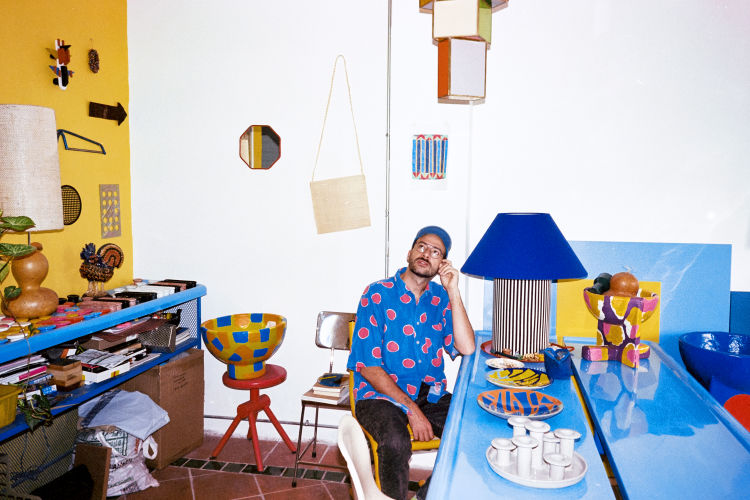
Fabien’s projects often begin from a point of exploration and inquisitiveness, resulting in a body of work that shifts effortlessly between different materials and processes, studio production and industrial manufacture: “My work is trying to propose a non-aspirational aesthetic, that relates to a new order of values. It means using elements of vernacular culture, and material that are overlooked or little considered, but that are relevant solutions. It’s never about mimicking but about trying to make durable and culturally significant places for people.” Recent projects have seen collaborations with under-valued local makers using over-looked materials. These were also the starting points for the Offcut Plates design for Hem’s Decorative Accessories collection.
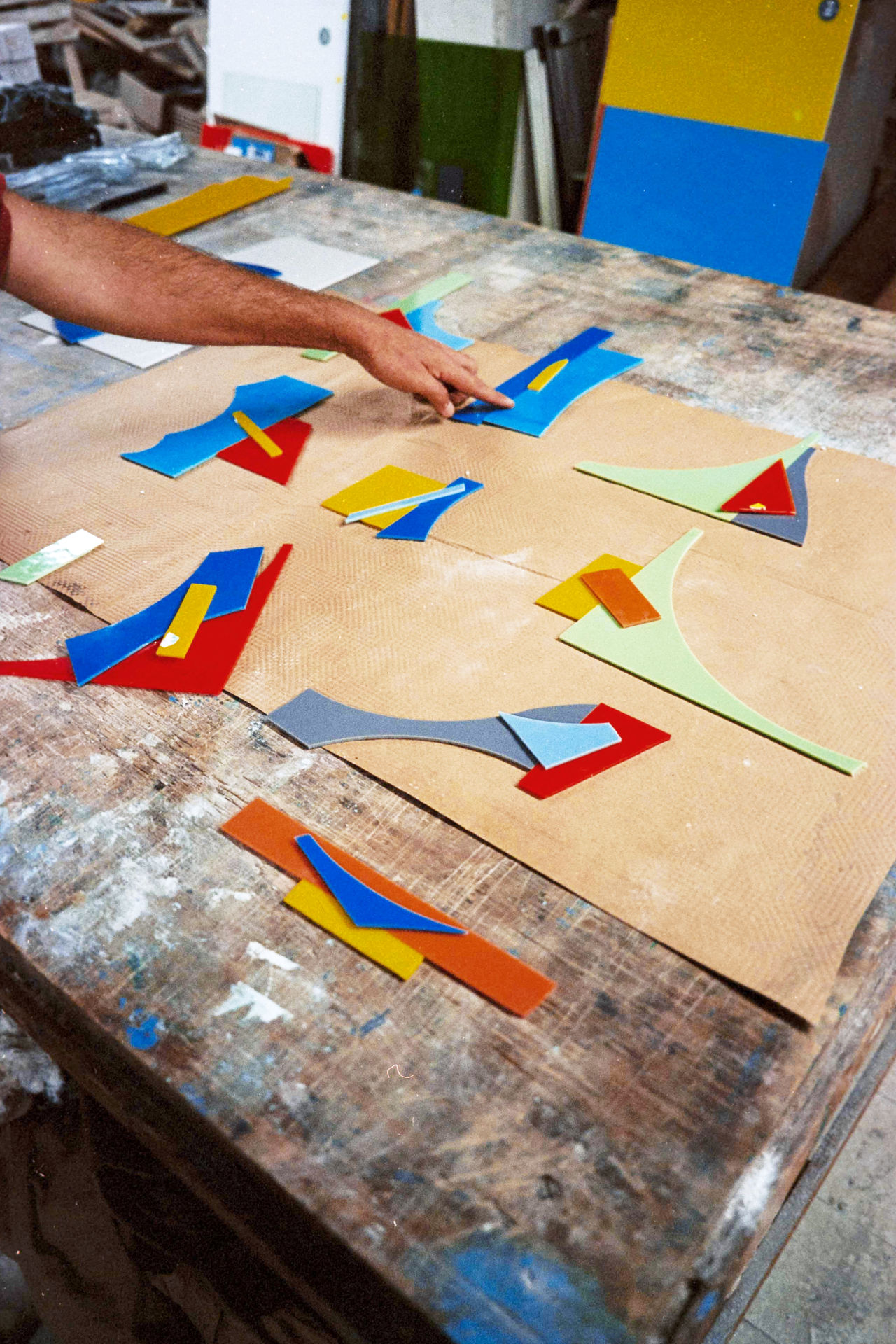
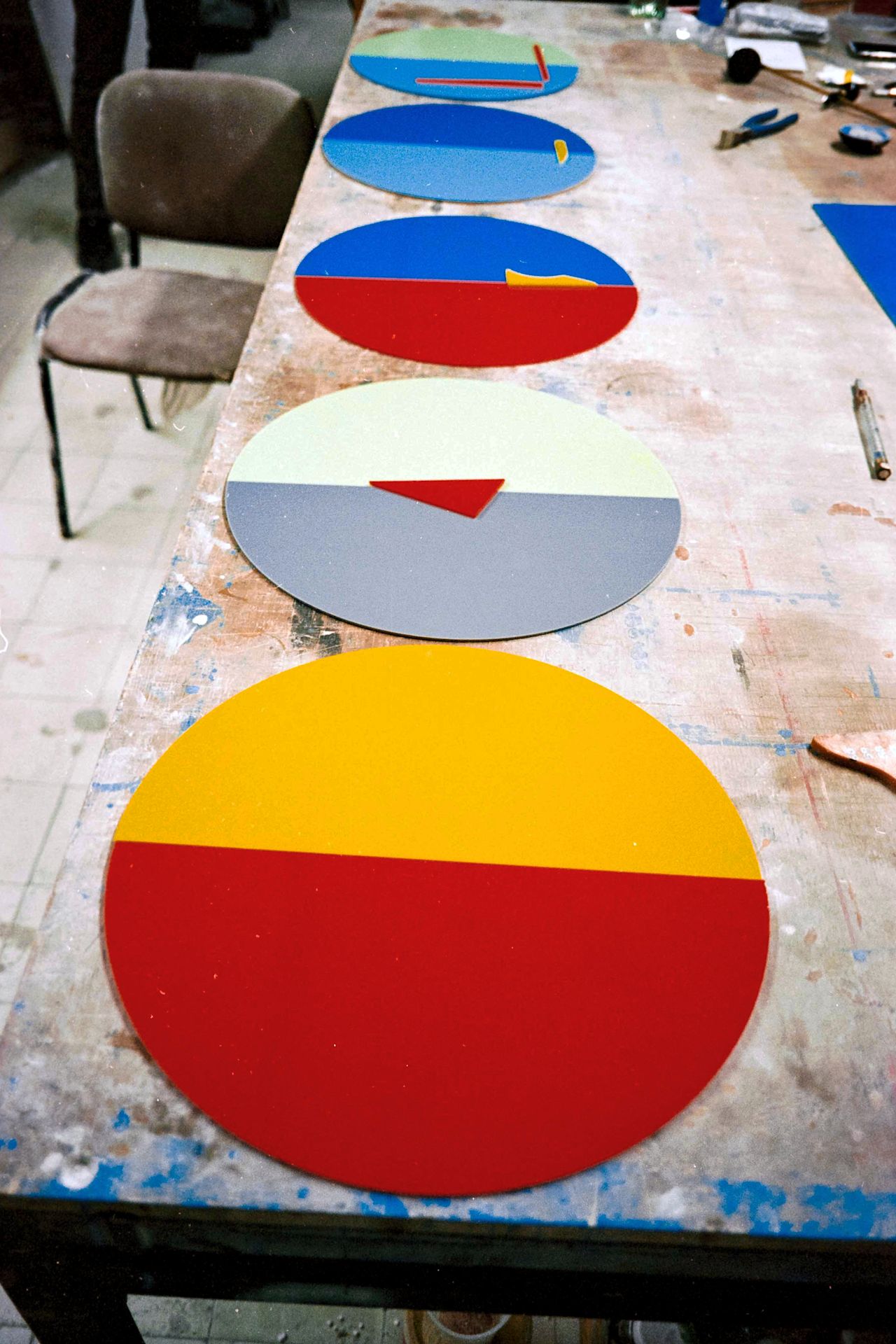
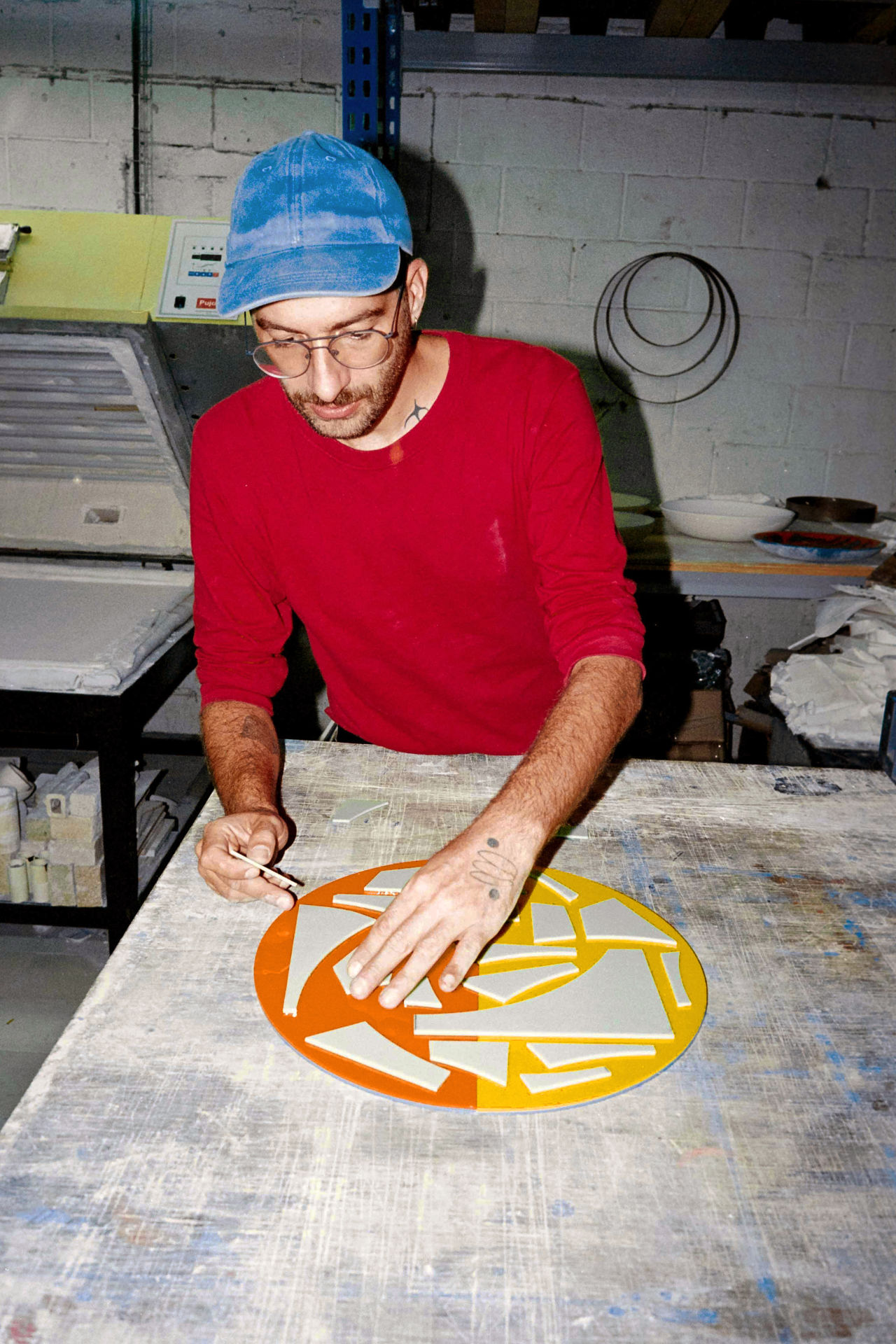
The many small-scale factories and workshops in Guadalajara are an evolution of a traditional culture of making; a hybrid between craft and industry. Fabien decided to work with a local glass factory and design a product that made use of the waste generated by his own production to decorative effect. In this way the circular Offcut Plates are cut from a square sheet of glass, with the excess material being used to create a strong graphic surface pattern. The glass is first cut and then the patterns composed before being fired at 1000 degrees to fuse them together (Fabien calls this the ‘pizza’ stage). It is then fired a second time into a bespoke porcelain mould into which the glass ‘slumps’ to create a three-dimensional shape.
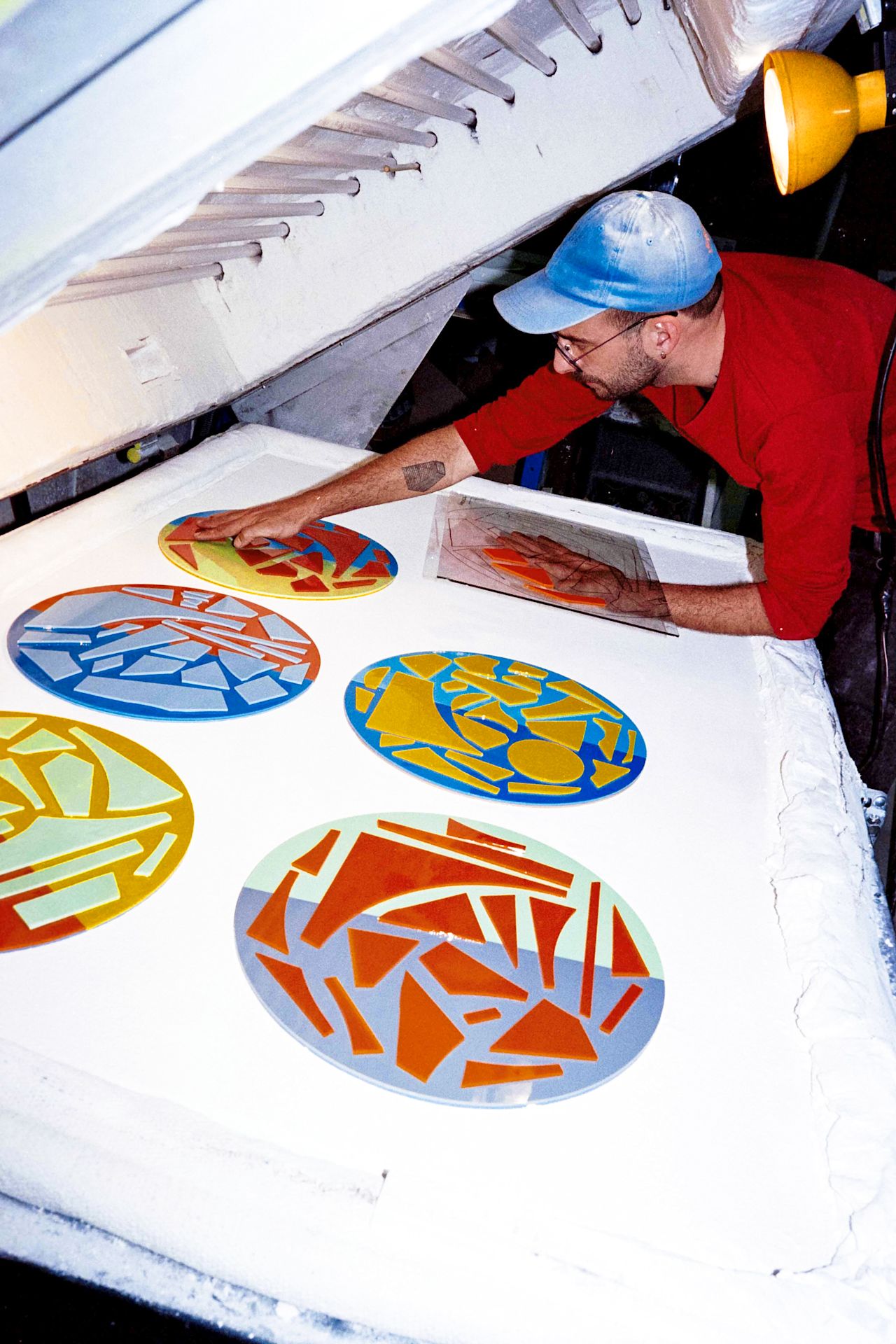
The Offcut Plates are super-sized and generous with a deliciously moreish, liquid-like, finish. The exaggerated surface area works as a platform for the irregular decorative patterns and colour is used to maximum, eye-popping and spirit-enhancing effect; each plate in the limited edition of fifteen has a bold and unique colourway: “I had in mind large decorated plates made of terracotta that you find in traditional West Mexican kitchens. Some of the most collectible plates are decorated with fantastic animals or naive mundane scenes of daily life by renowned ceramic artists. I also was thinking about the large lacquered wooden trays from Central Mexico which have a bright red background contrasting with carefully hand-painted voluptuous fruits and vegetables. Both objects’ primary function is to be hung on a wall as a decoration rather than be used. With a more contemporary vision, I also had in mind an inspiring 1973 project by Enzo Mari where he constructed plates and vases from slabs or rolls of clay. Here the construction itself becomes the object’s most decorative feature.”
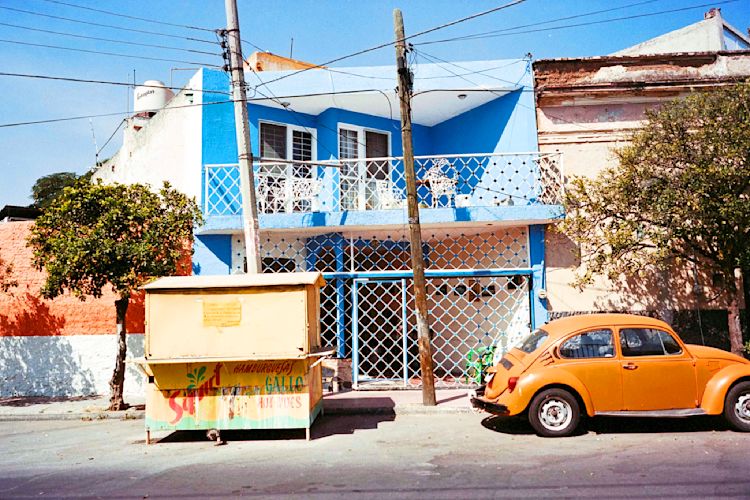
As with all designs for the Decorative Accessories collection, the idea of decoration itself is explored: “Decoration, something that enlightens the mind, isn’t a second-class function” states Fabien. As in Mari’s designs, the Offcut Plates employ the idea of construction becoming decoration. The value of decoration itself, constructed as it is here from waste, is explored too.
Fabien calls the resourceful culture of making that so inspires him ‘extreme locality’: “I have learned so much from being surrounded by this environment, looking for meanings in the way it exists today and defining ways for it to keep on existing tomorrow. I am never looking at it from an external point of view.” The limited-edition Offcut Plates are a direct product of this extreme locality; the spirit of place translated into physical form by an accomplished designer.